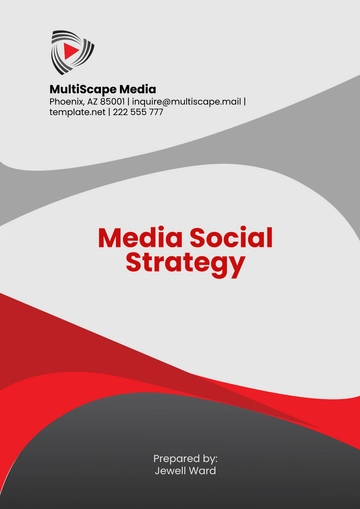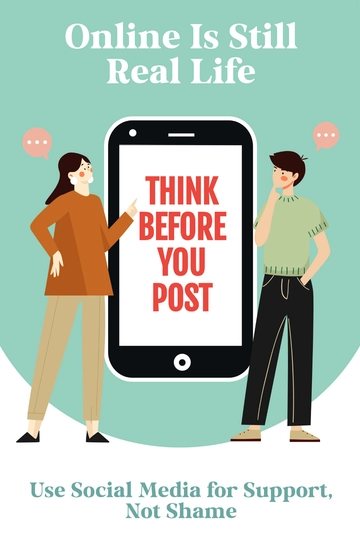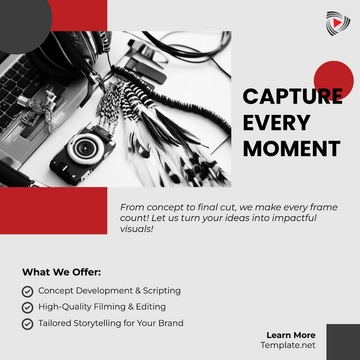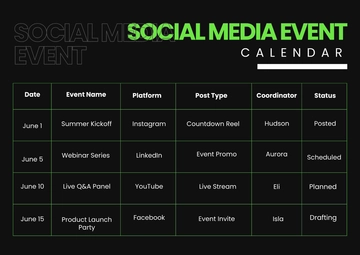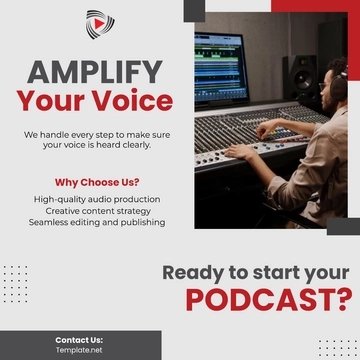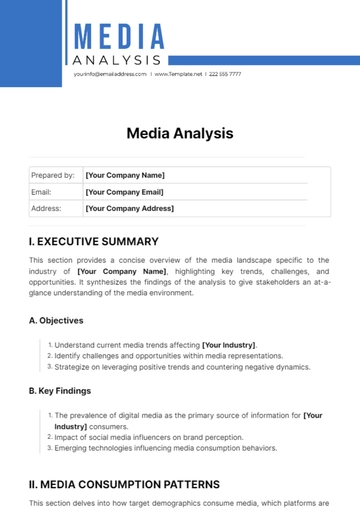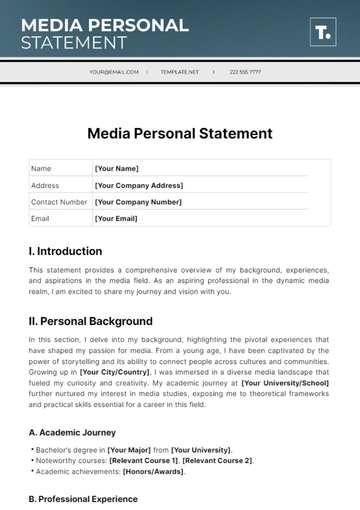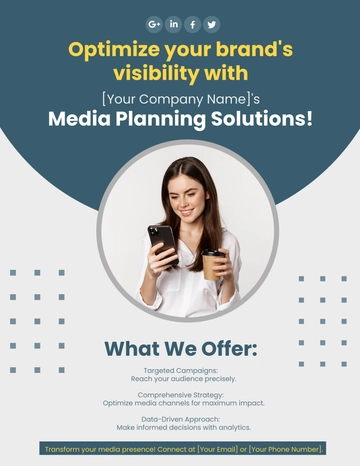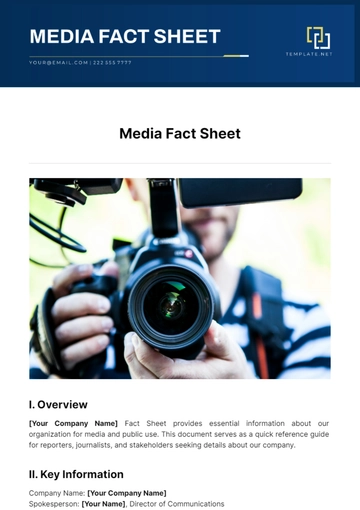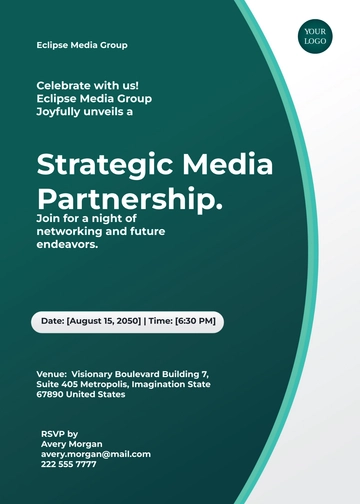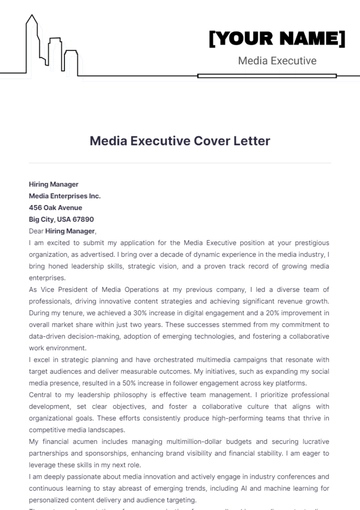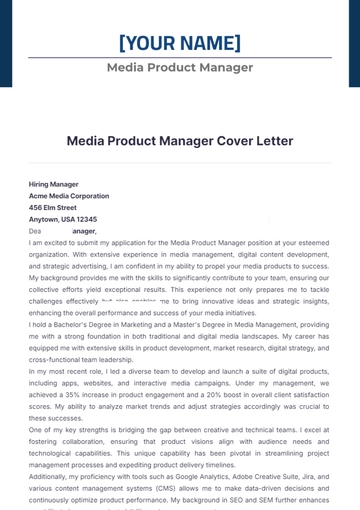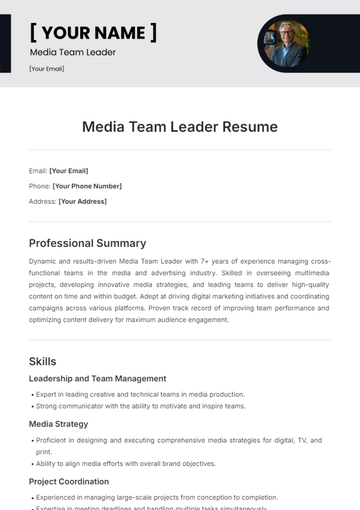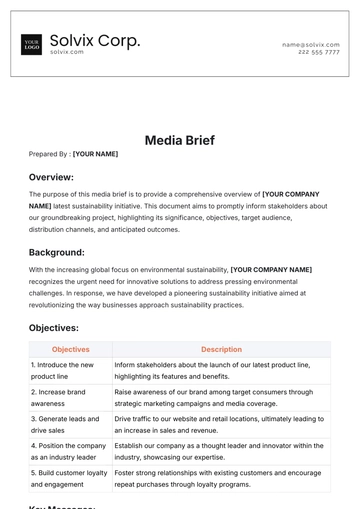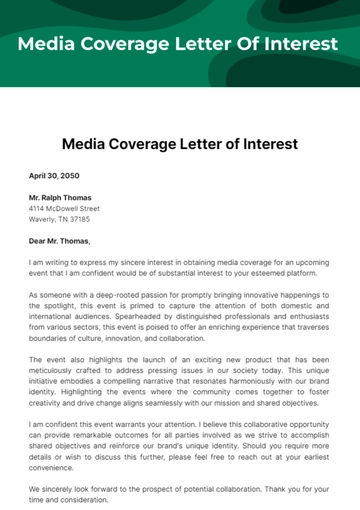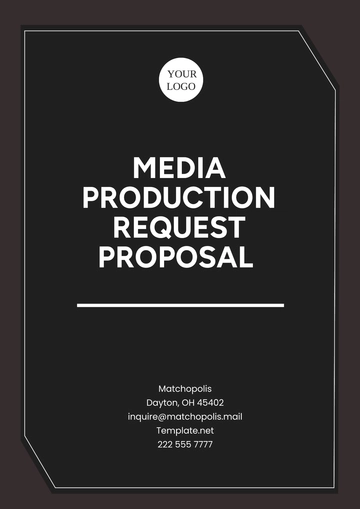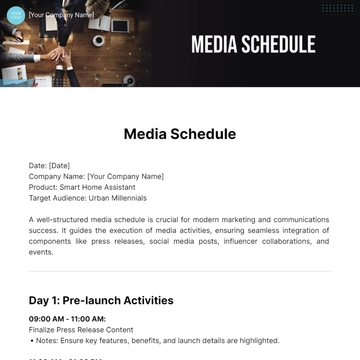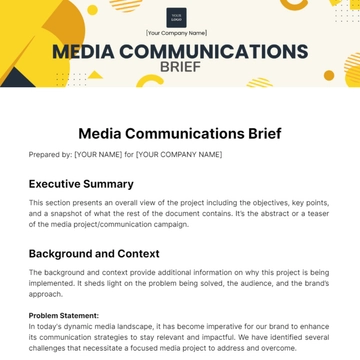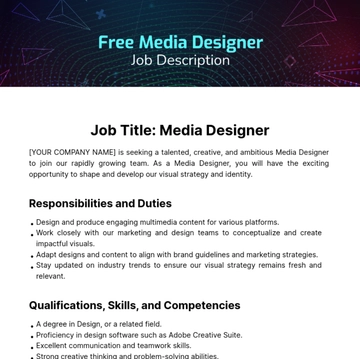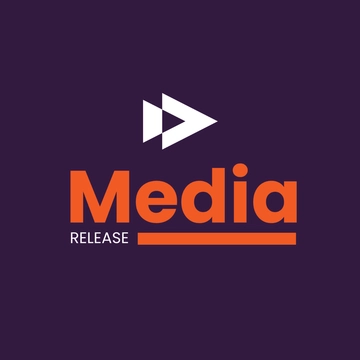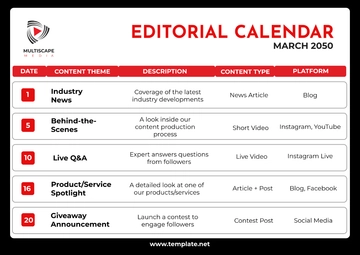Free Media Communications Brief
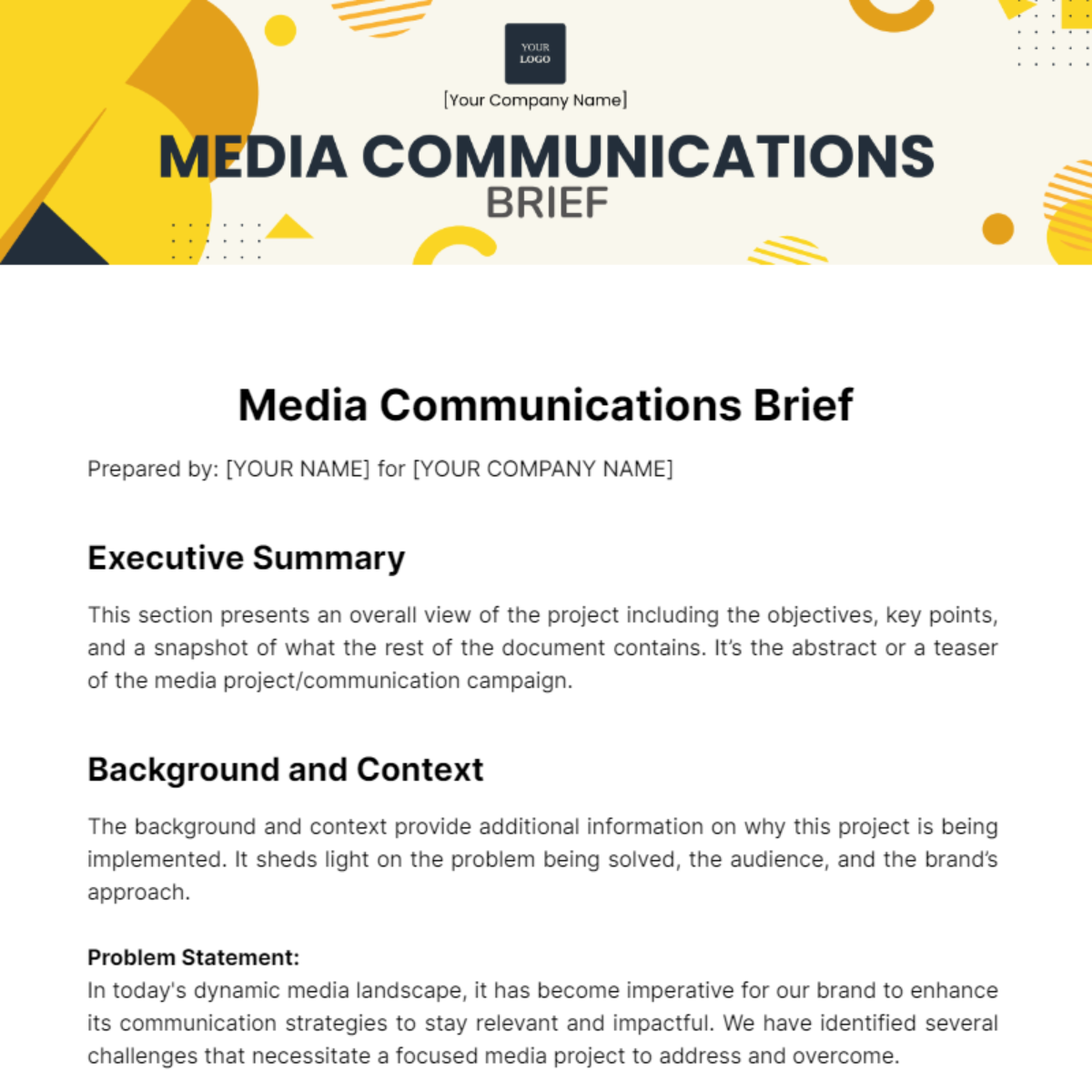
Prepared by: [YOUR NAME] for [YOUR COMPANY NAME]
Executive Summary
This section presents an overall view of the project including the objectives, key points, and a snapshot of what the rest of the document contains. It’s the abstract or a teaser of the media project/communication campaign.
Background and Context
The background and context provide additional information on why this project is being implemented. It sheds light on the problem being solved, the audience, and the brand’s approach.
Problem Statement:
In today's dynamic media landscape, it has become imperative for our brand to enhance its communication strategies to stay relevant and impactful. We have identified several challenges that necessitate a focused media project to address and overcome.
The ever-evolving nature of consumer preferences, coupled with the saturation of traditional media channels, poses a significant hurdle in effectively reaching our target audience. Additionally, emerging competitors and shifting industry trends demand a proactive approach to maintain our brand's visibility and resonance.
Amidst these challenges, there lies a compelling opportunity to revitalize our communication efforts and solidify our brand's position as an industry leader. Through strategic and innovative media initiatives, we aim to not only overcome the identified obstacles but also establish a more profound connection with our audience.
Target Audience:
To tailor our communication approach effectively, it is crucial to delineate our target audience. Our primary audience comprises tech-savvy millennials (aged 25-34), urban professionals, and early adopters of innovative products and services. Understanding their needs and preferences is paramount in crafting messages that resonate and drive engagement.
Objectives and Goals
These objectives adhere to the SMART criteria:
Specific: Each objective clearly outlines a specific goal.
Measurable: Success can be quantified, allowing for easy evaluation.
Achievable: The objectives are realistic and attainable within the scope of the project.
Relevant: The outcomes contribute directly to the brand's overall communication and business strategy.
Time-bound: The expected outcomes are tied to a specific timeframe, providing a clear deadline for assessment and adjustments.
Objective | Expected Outcome |
|---|---|
Objective 1 | Increase brand visibility by 20% within the target audience through strategic media placements and coverage. |
Objective 2 | Enhance brand engagement on social media platforms, achieving a 15% increase in interactions (likes, comments, shares) throughout the campaign. |
Objective 3 | Establish the brand as an industry thought leader by securing coverage in at least three major industry publications, positioning key executives as expert contributors. |
Objective 4 | Strengthen community relations by organizing and participating in two local events, resulting in a 25% increase in positive sentiment and brand mentions within the local community. |
Objective 5 | Drive customer loyalty and retention, to increase repeat purchases by 15% through targeted communication to the existing customer base. |
Strategy and Tactics
This section lays out the main strategy that will be implemented and the tactics that will be used to achieve the goals outlined in the previous section. This includes communication channels, message delivery, content forms, marketing tactics, etc.
Communication Channels and Platforms:
Social Media Platforms:
Utilize major platforms such as Facebook, Instagram, and Twitter for widespread reach.
Leverage paid advertising and organic content to maximize visibility.
Implement a content calendar for consistent and strategic posting.
Traditional Media Outlets:
Engage with relevant print and online publications, securing press coverage.
Explore partnerships with industry-specific magazines and news portals.
Develop press releases and media kits for distribution.
Influencer Collaborations:
Identify and collaborate with influencers aligned with the brand's values.
Facilitate product reviews, sponsored posts, and influencer-led events.
Leverage influencers' followers to expand brand reach.
Community Events:
Organize local events to strengthen ties with the community.
Sponsor or participate in community gatherings and festivals.
Utilize on-site branding and engagement activities.
Email Marketing:
Implement targeted email campaigns to nurture customer relationships.
Share exclusive offers, product updates, and relevant content.
Monitor and analyze email engagement metrics for optimization.
Core Messages:
Innovation and Leadership:
Communicate the brand's commitment to innovation and industry leadership.
Emphasize unique product features and contributions to the field.
Community Partnership:
Highlight the brand's involvement in community initiatives.
Showcase social responsibility and commitment to local causes.
Customer-Centric Approach:
Emphasize the brand's dedication to meeting customer needs.
Communicate exceptional customer service and support.
Exclusive Offers and Loyalty:
Create a sense of exclusivity for existing customers.
Promote loyalty programs, discounts, and special offers.
Marketing Tactics:
Content Marketing:
Develop engaging blog posts, articles, and infographics for online platforms.
Create shareable and informative content to establish thought leadership.
Paid Advertising:
Invest in targeted social media advertising campaigns.
Utilize Google Ads for online visibility and search engine optimization.
Event Sponsorship:
Sponsor relevant industry events for increased visibility.
Organize and host product launches or exclusive brand events.
Partnerships and Collaborations:
Establish partnerships with complementary brands or influencers.
Collaborate on co-branded campaigns or limited-edition products.
Interactive Campaigns:
Develop interactive online campaigns, such as contests or quizzes.
Encourage user-generated content and testimonials for authenticity.
Timelines and Milestones
Every project needs a timeline. It clarifies when tasks will be performed and milestones reached. This section typically includes a schedule detailing when each phase of the project is expected to be completed.
Milestone | Scheduled Date |
|---|---|
Milestone 1: Project Kickoff | January 15, 2050 |
Milestone 2: Strategy Finalization | February 5, 2050 |
Milestone 3: Social Media Campaign Launch | March 1, 2050 |
Milestone 4: Culmination and Evaluation | April 10, 2050 |
Budget Allocation
The following budget allocation plan provides a confidential breakdown of funds for the successful execution of the media project. This information is intended for select individuals within the organization for transparency and mutual agreement.
Project: Excite Media Campaign
Budget Total: $500,000
Category | Allocation (in USD) |
|---|---|
Strategy and Planning | $100,000 |
Social Media Advertising | $150,000 |
Content Creation | $80,000 |
Influencer Collaborations | $170,000 |
Risk Management and Contingencies
Regular risk assessments and updates will be conducted to identify new risks and modify contingency plans. The project team is committed to proactively addressing challenges for project success.
Social Media Backlash:
Risk: Negative sentiment on social media.
Contingency: Rapid response plan with pre-approved messages. Collaborate with PR for damage control.
Technical Glitches:
Risk: Unforeseen technical issues.
Contingency: Thorough testing before launch. Technical support team on standby.
Influencer Availability:
Risk: Influencer scheduling conflicts.
Contingency: Backup influencer list. Clear communication channels and guidelines.
Budget Overrun:
Risk: Unanticipated expenses.
Contingency: Regular budget monitoring. Contingency reserve. Prioritize spending.
Community Event Interruptions:
Risk: Disruptions or low turnout.
Contingency: Comprehensive event plan. Effective communication. Engaging activities.
Content Misinterpretation:
Risk: Misinterpretation of core messages.
Contingency: Thorough message testing. Crisis communication plan. Monitor media and social sentiment.
Inadequate Data Security:
Risk: Data breaches.
Contingency: Robust security measures. Regular updates and audits. Response plan for breaches.
Unforeseen Regulatory Changes:
Risk: Changes impacting compliance.
Contingency: Stay informed. Adapt strategy. Legal counsel for guidance.
- 100% Customizable, free editor
- Access 1 Million+ Templates, photo’s & graphics
- Download or share as a template
- Click and replace photos, graphics, text, backgrounds
- Resize, crop, AI write & more
- Access advanced editor
Elevate your communication game with the Media Communications Brief Template from Template.net. Craft compelling messages effortlessly with this editable and customizable tool. Tailor your briefs seamlessly using our Ai Editor Tool. Streamline your media strategy and save time, ensuring your messages resonate. Unleash the power of precision in every word.
